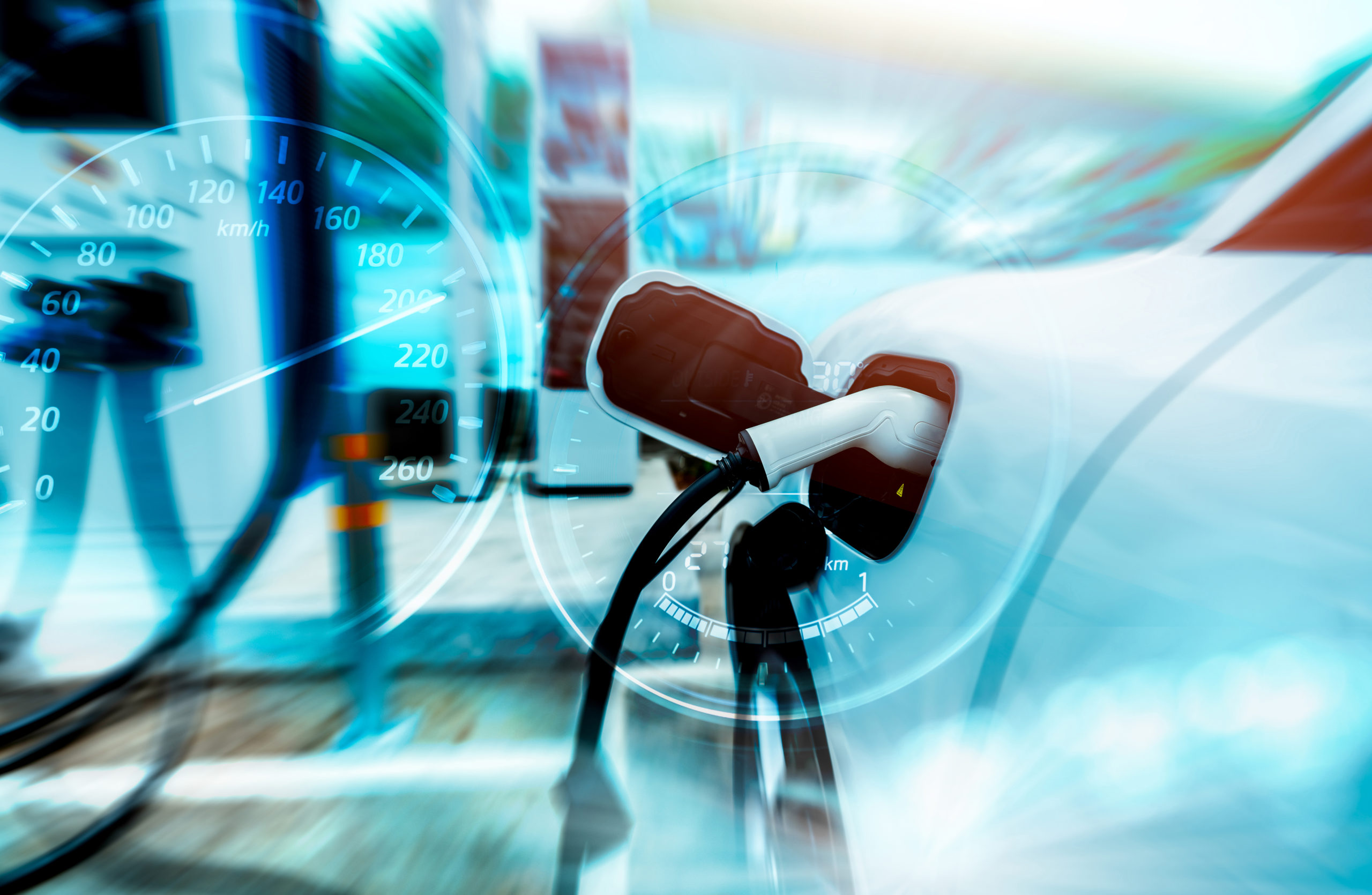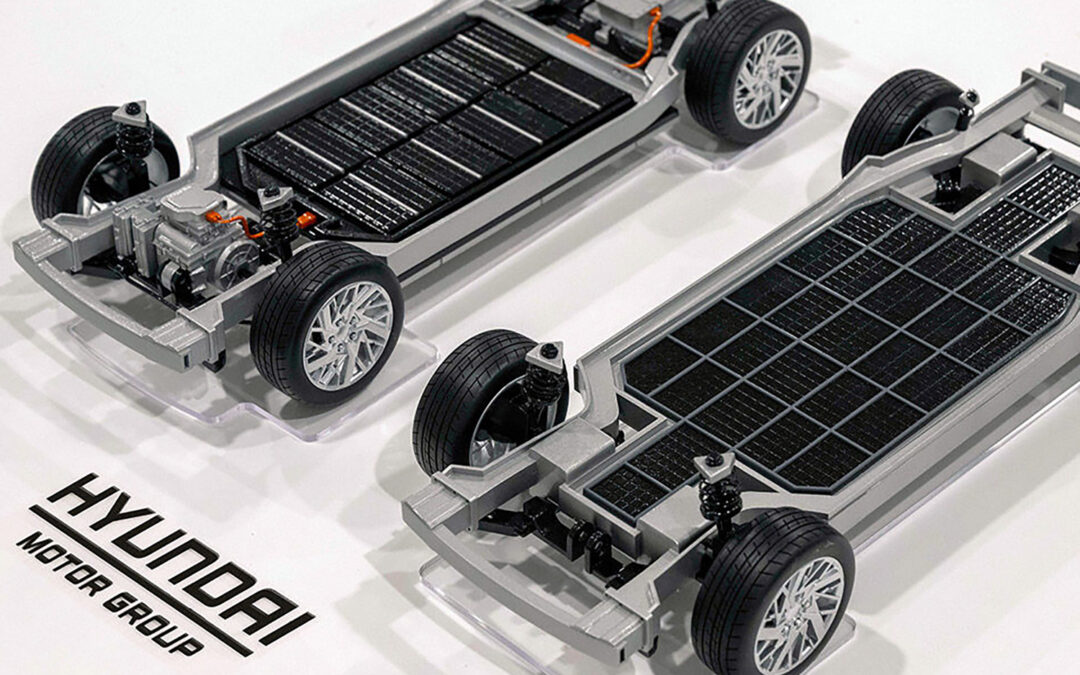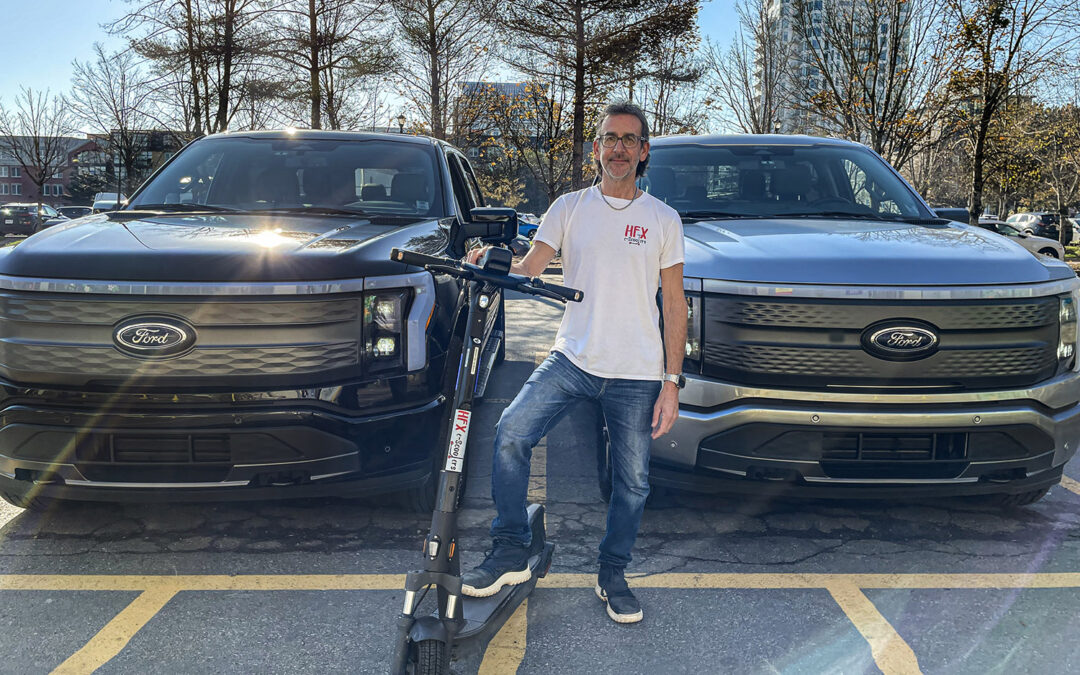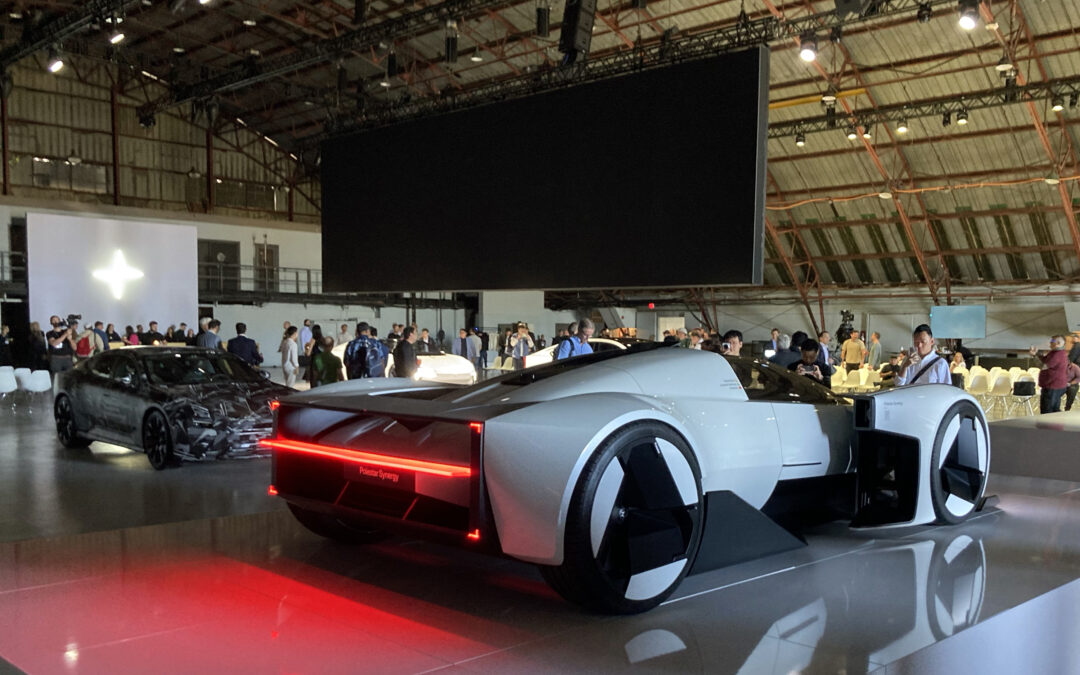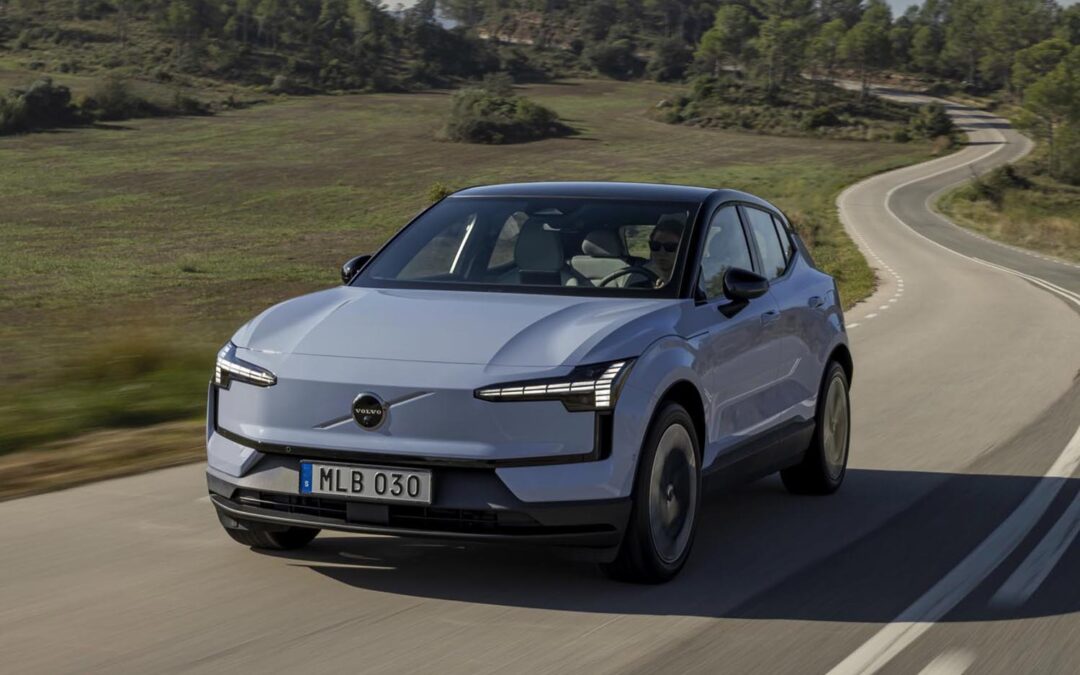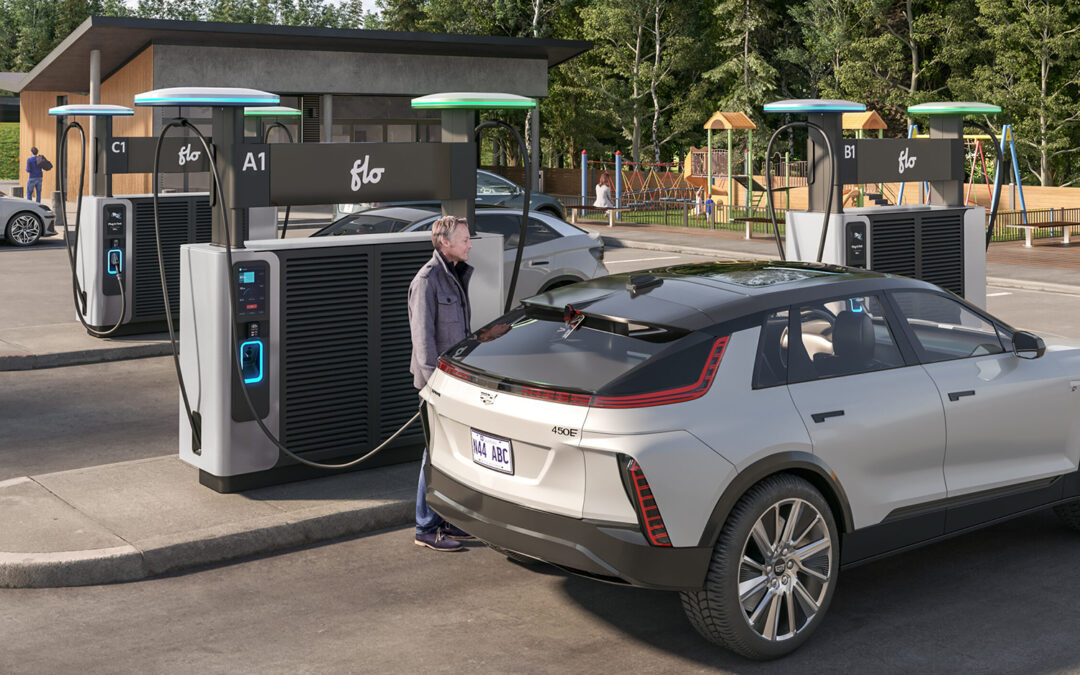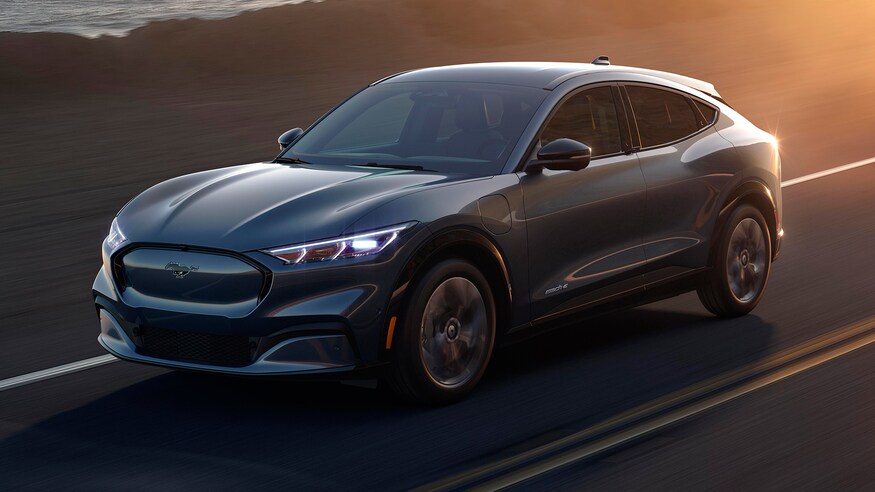Anxiety about public charging infrastructure has traditionally been near the top of the list when it comes to worries people have with purchasing an EV. And now, a recent report shows that is only getting worse – and that’s bad news not only for consumers, but automakers as well.
In the JD Power 2023 U.S. Electric Vehicle Experience Public Charging Study conducted in collaboration with PlugShare, more than 15,000 plug-in electric vehicle owners were surveyed from January through June, and satisfaction was measured for ease of charging; speed of charging; physical condition of charging station; availability of chargers; convenience of this location; things to do while charging; how safe you feel at this location; ease of finding this location; cost of charging; and ease of payment.
Overall satisfaction for both Level 2 and Level 3 charging dropped in almost every category, according to the findings. On a 1,000-point scale, satisfaction in Level 2 infrastructure was an average of 617, 16 points lower than last year. Level 3 satisfaction was at a 654 average, 20 points less than 2022.
Read more: Let’s face it: Canada’s charging infrastructure sucks
“The declining customer satisfaction scores for public charging should be concerning to automakers and, more broadly, to public charging stakeholders,” said Brent Gruber, executive director of the EV practice at JD Power. “The availability of public charging stations is still a critical obstacle, but it isn’t the only one. EV owners continue to have issues with many aspects of public charging, as the cost and speed of charging and the availability of things to do while waiting for their vehicle to charge are the least satisfying aspects.
“At the same time, the reliability of public chargers continues to be a problem. The situation is stuck at a level where one of every five visits ends without charging, the majority of which are due to station outages.”
These are the key findings of the study:
- Satisfaction with charging speed declines: EV owners are increasingly dissatisfied with the amount of time it takes to charge their vehicles. The attribute for speed of charging has the most significant negative effect on overall Level 2 satisfaction, decreasing 36 points year over year to 455. Interestingly, those using DC fast chargers don’t fare much better as satisfaction with the speed of charging declines 30 points to 588.
- Public chargers must be placed in appropriate locations: The reasons EV owners cite for choosing a Level 2 or a DC fast charger and the time they spend at the charger clearly indicate that public chargers should be located where they will most effectively serve their customers. Convenience is desired by both Level 2 and DC fast charger users, but DC fast charger users indicate a planned road trip is also a key reason for selection. DC fast charger users spend approximately 30 minutes charging their vehicle, preferring to get back on the road as soon as possible. “The data suggests that DC chargers—which charge faster—should be located along travel routes, while Level 2 chargers—essentially used for convenience charging—should be easily accessible near places where EV owners may already be visiting such as retail venues and entertainment venues,” Gruber said.
- Non-charge visits remain an issue, and results differ by geographic location: The study finds that 20 per cent of all users say they visited a charger but did not charge their vehicle. Reasons range from the charger being inoperable to long lines to use the charger. EV owners in the Miami-Port St. Lucie-Ft. Lauderdale Combined Statistical Area (CSA) had the worst experience in this regard, with 35 per cent of visits failing to result in charging. The CSAs in Seattle-Tacoma, Denver-Aurora and Dallas-Ft. Worth each had 29 per cent of visits failing to result in a charge. The Cleveland-Akron-Canton CSA had the lowest percentage of failed visits with a charging failure rate of 12 per cent.
The Charge’s take: While this is an American study, Canadian EV owners know these issues all too well. And automakers need to be more active in changing this situation if they want to continue selling EVs. The move to Tesla’s NACS charging port for many automakers is a good step, considering the Supercharger network is one of the largest and most reliable, but we’ll need thousands more public chargers – and soon – if we want to move towards an EV future.
